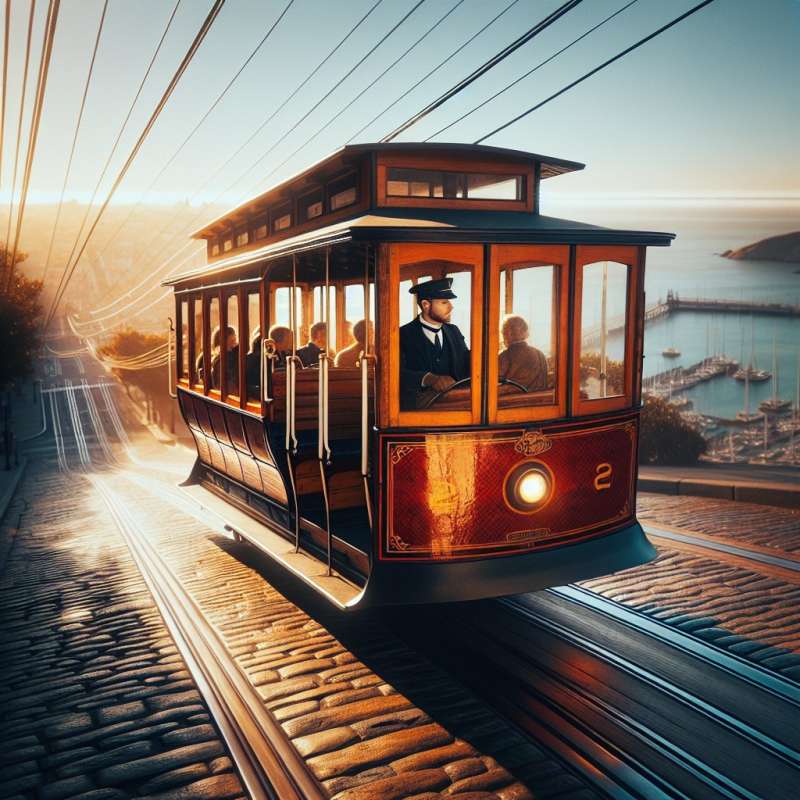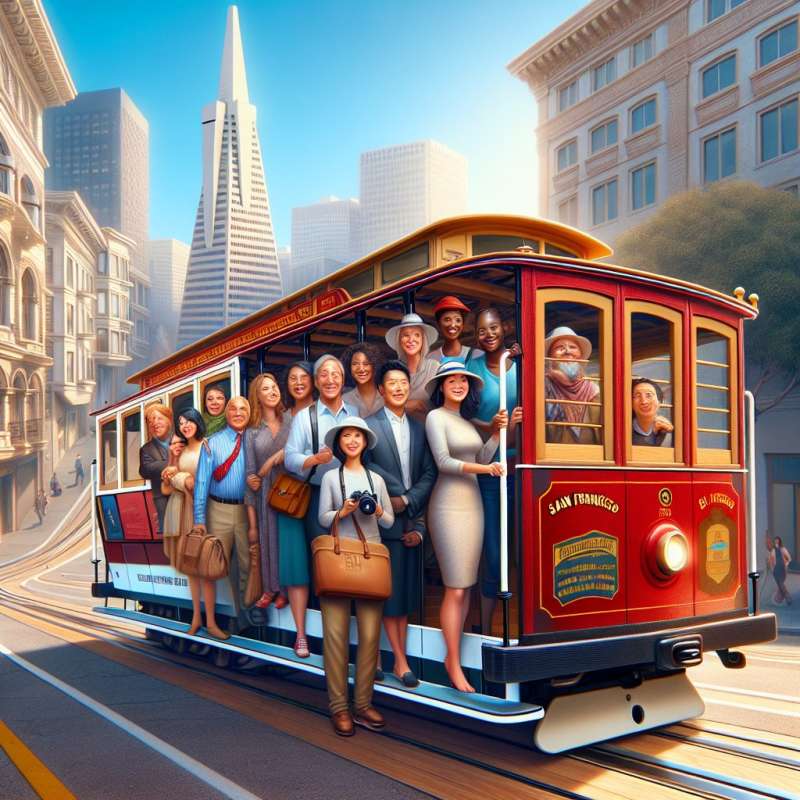
Invention of Cable Cars
In 1869, Andrew Smith Hallidie witnessed horses struggling on SF's steep hills, inspiring his invention of the cable car system, revolutionizing urban transportation and minimizing animal suffering.
Clay Street Hill Railroad
Hallidie's first cable car line, the Clay Street Hill Railroad, began service in 1873. It was the world's first successful cable-powered street railway, marking a new transit era.
Cable Car Expansion
Following the success of Hallidie's invention, SF rapidly expanded its cable car network. By the 1890s, over 20 lines covered the city, becoming an iconic symbol of San Francisco.
The 1906 Earthquake
The catastrophic 1906 San Francisco earthquake devastated the city, including the cable car infrastructure, prompting a rebuilding and modernization effort for the surviving lines.
Disastrous Accident
In 1887, a cable car accident on Market Street caused by a gripman's error led to several deaths. This tragedy spurred safety improvements, including the invention of the grip safety brake.
Decline and Preservation
Post-1906, cable cars faced decline with competition from electric streetcars. However, public campaigns in the 1940s and 1950s saved the last lines from closure.
Modern-Day Relic
Today, SF's cable cars are a beloved historic relic, serving both commuters and tourists. They are the last manually operated cable car system in the world, a tribute to innovative urban transit.
Who invented the cable car system?
Andrew Smith Hallidie
Clay Street Hill
Market Street Gripman
Company